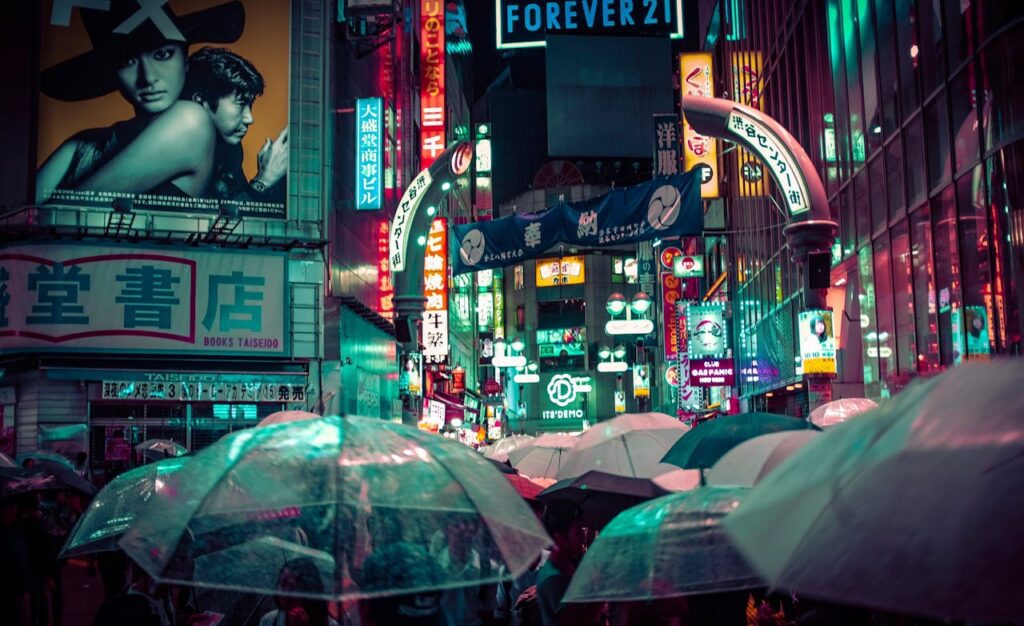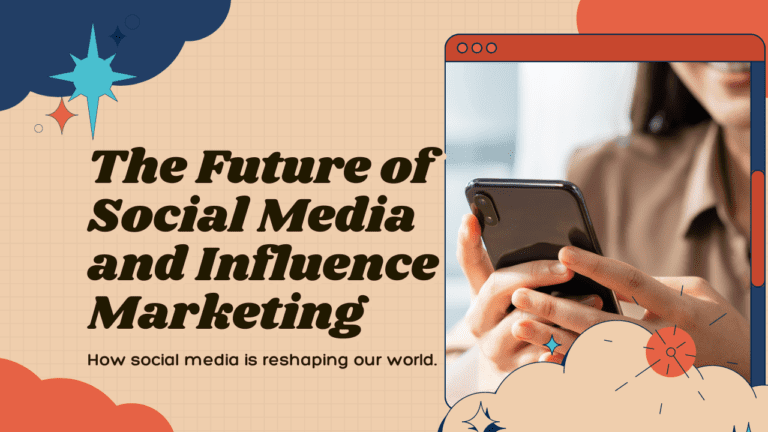Experiential Shopping Experiences Replacing Traditional Retail

For decades, the traditional retail experience centered around wandering stores or malls, browsing merchandise lines, and making purchases in person. But as e-commerce grows and shopper habits evolve, retailers must adapt to stay relevant. Experiential shopping aims to foster immersive, memorable brand interactions going beyond transactional relationships.
What is Experiential Retail?
Experiential retail leverages in-person spaces, events, and services to make shopping entertaining, educational, and community-oriented. Beyond just selling products, the experiential model treats retail as a vehicle for sustained engagement.
Brands prioritize hospitality and storytelling to turn routine shopping into an Instagrammable adventure. Experiences aim to deliver value through immersive branding, customization opportunities, social sharing, and relationship building.
Retail destinations become stages crafting a hyper-branded aesthetic or cultivating exclusive access. Nike, Lululemon, and beauty brands like Charlotte Tilbury pioneered sleek showrooms fusing shopping with community events and instructional classes. Even discount retailers like TJ Maxx roll out pop-up experiences and exclusive member programming.
Immersive experiences strive to inspire loyalty and advocacy far beyond one-time purchases. Today’s shoppers expect to be wowed and crave active participation over passive consumption.
Why Focus on Experience?
Online shopping disrupted brick-and-mortar’s traditional strengths like convenience and selection. To compete, physical retail must turn its remaining advantage – the in-person environment – into a key differentiator.
Major drivers pushing experiential strategies:
Demographic Shifts
Younger demographics like Millennials and Gen Z value experiential purchases over material ones. They welcome opportunities for self-expression, interactions, and shareable lifestyles rather than simple ownership.
eCommerce Competition
Between free shipping, price comparisons, and vast selections, online dominates convenience and cost. Retailers need alternative draws beyond simply browsing merch aisles.
Brand Relationships
Infusing retail with entertainment and hospitality strengthens brand identity and affinity. Customers become part of a lifestyle for lasting relationships rather than one-off transactions.
Ongoing Engagement
Fun in-person events and services keep brands top-of-mind even when customers aren’t buying anything specific that day. Showrooms become hubs for ongoing hub engagement.
Cross-Selling Opportunities
Flagship stores feature broader brand ecosystems promising lifetime value over single purchases. Visiting “retail as a service” environments expose customers to more offerings.
Enhancing Real-World Retail
As retail bounces back from pandemic slumps, retailers are investing heavily in experience upgrades. Re-imagining physical spaces through experience design combats e-commerce threats head-on.
75% of retailers plan to increase experience-related investments over the next few years. While online convenience dominates replenishment shopping, the experience will drive impulsive, inspirational shopping trips keeping brick-and-mortar alive.
Crafting a Compelling Experience
Contemporary brand experiences must be highly stylized, shareable, and personalized. Entertaining elements like interactive media, product trials, games, and giveaways gamify browsing to keep audiences engaged and excited rather than bored.
Individuality and co-creation also deepen connections. Services like customization bars, building workshops, expert consultations, and loyalty programs tap into participation and self-expression.
Exclusive access or scarcity generates desirability. Short-term pop-up shops or limited product drops breed ongoing interest through time constraints. Special events and memberships give insiders early access, free merchandise, or other VIP perks.
Integrated social components let customers share self-expression and unique moments. Selfie-worthy backdrops, art installations, co-creating opportunities, and influencer seeding translate seamlessly to social media testimonials. Chasing these memorable photos becomes a self-perpetuating promotional engine.
Strategic experience design indulges people’s inherent need for novelty, discovery, and delight. Crafting compelling sensory journeys – through stories, immersive themes, product trials, and hospitality – drives community while strengthening brand identity.
The Future of Experiential Shopping
Experiential strategies transform retail into entertainment. Stores and malls become special destinations rather than mundane errands. Yesterday’s staid environments full of only products and transactions now burst with vibrant branding, personalization, and memorable interactions.
Of course, integrating online and brick-and-mortar remains critical. But making in-person visits more imaginative and shareable helps compensate as online ordering removes the need for serial shopping trips.
Major brands must get experiential to entertain distracted consumers with endless amusement vying for their time. Providing pleasure, participation, and personalization helps retail serve a mission beyond mere convenience. The future of shopping does remain about goods, but more so about delivering transcendent moments people actually enjoy.
Read More:





